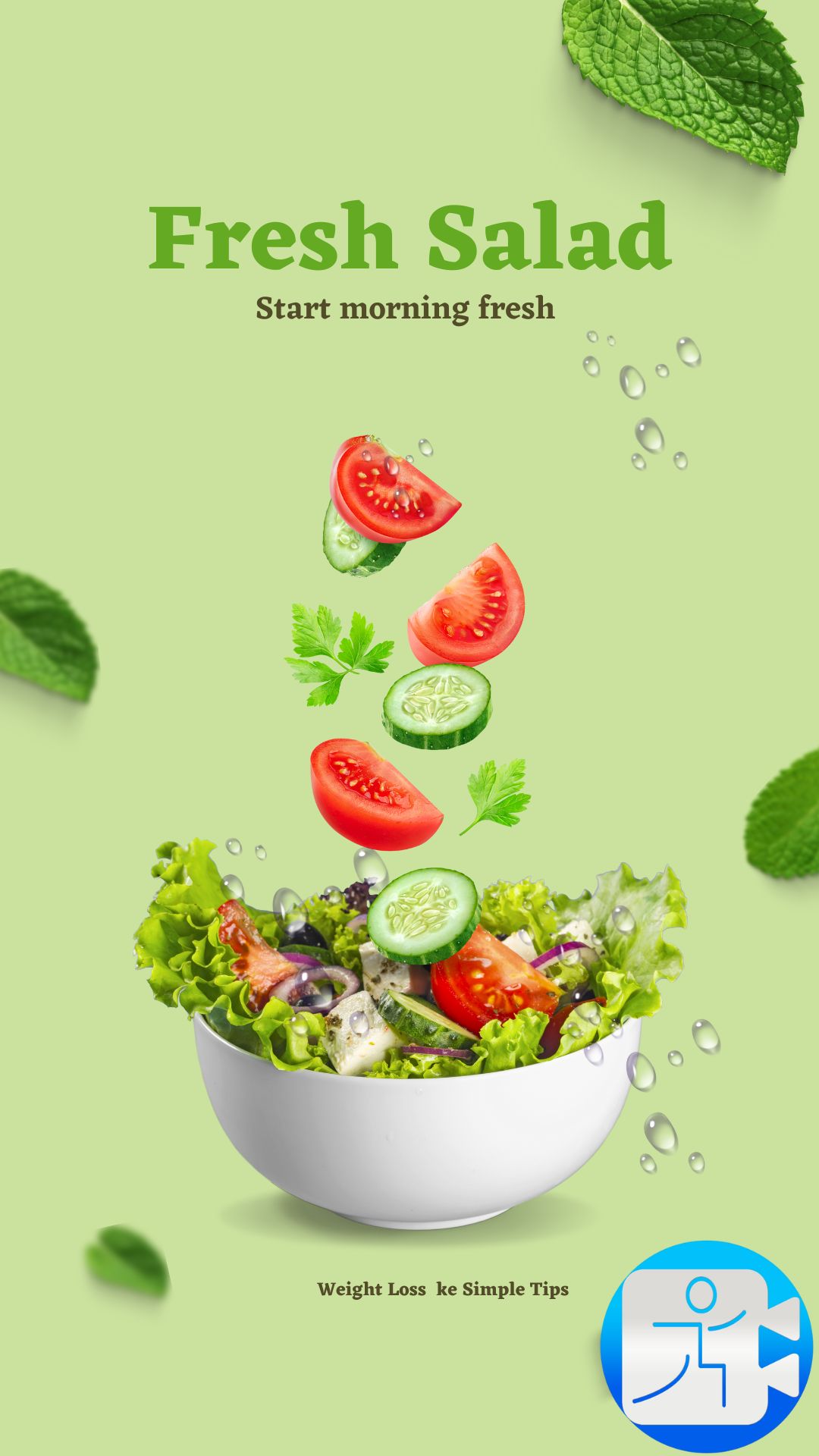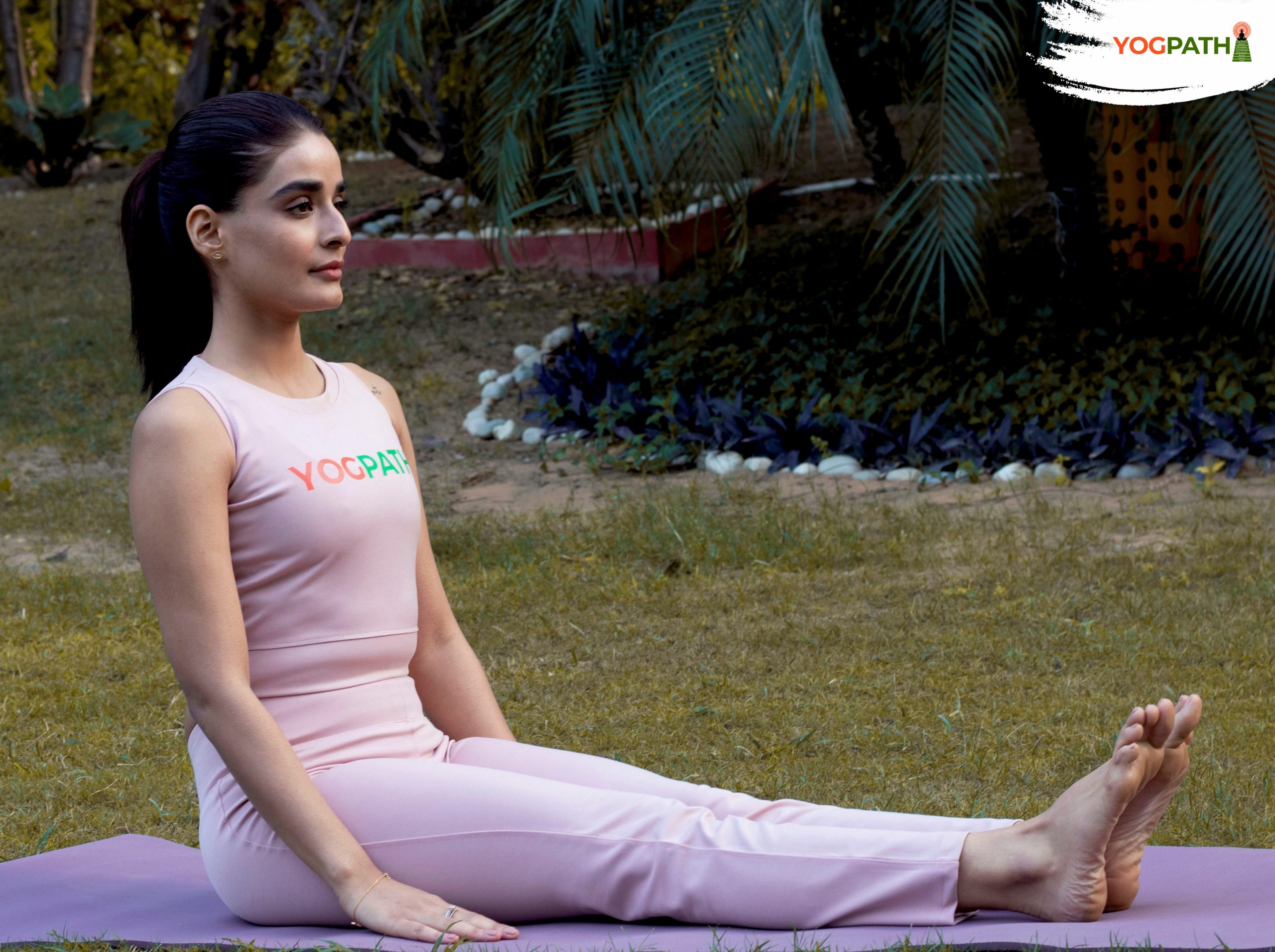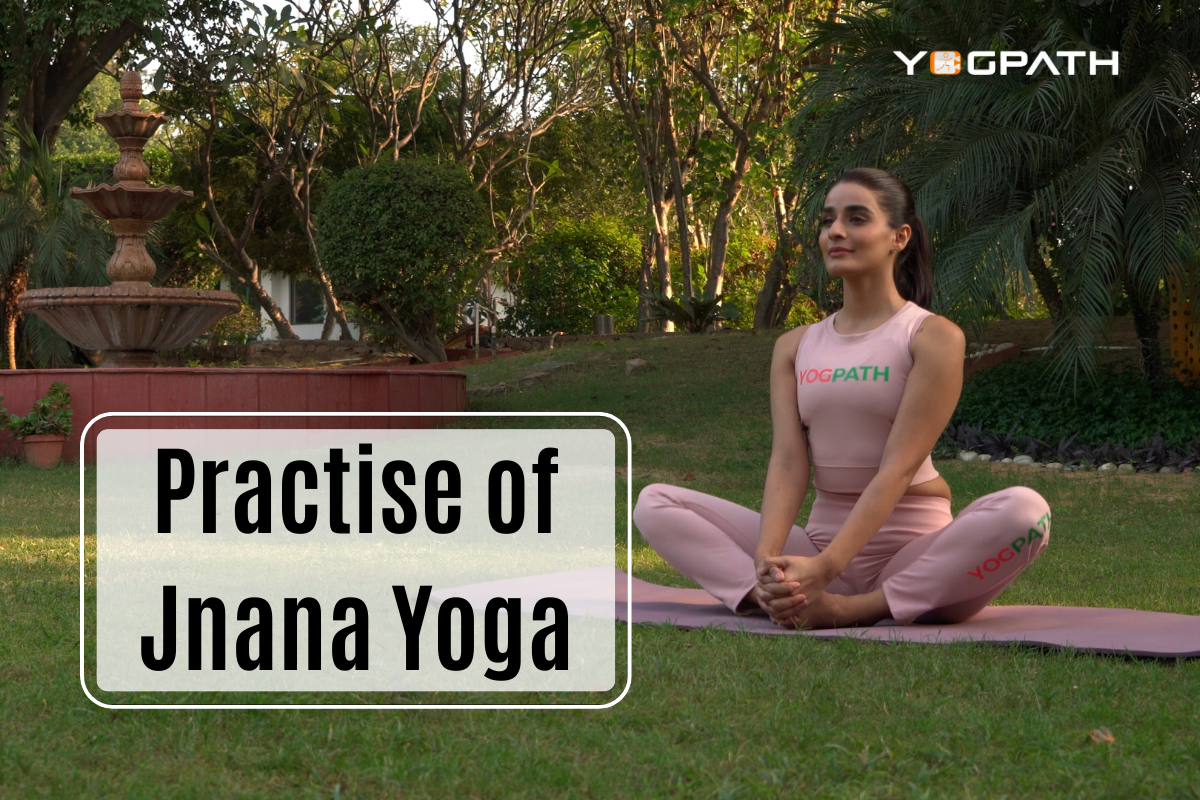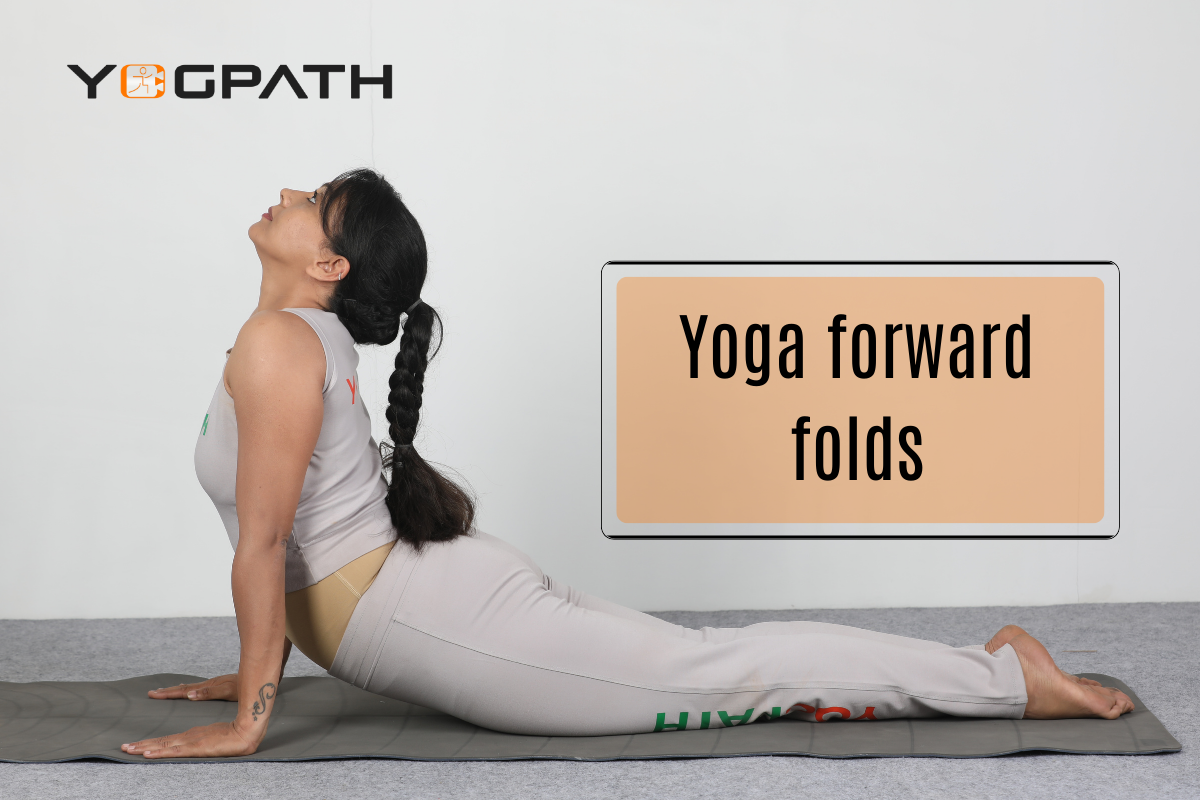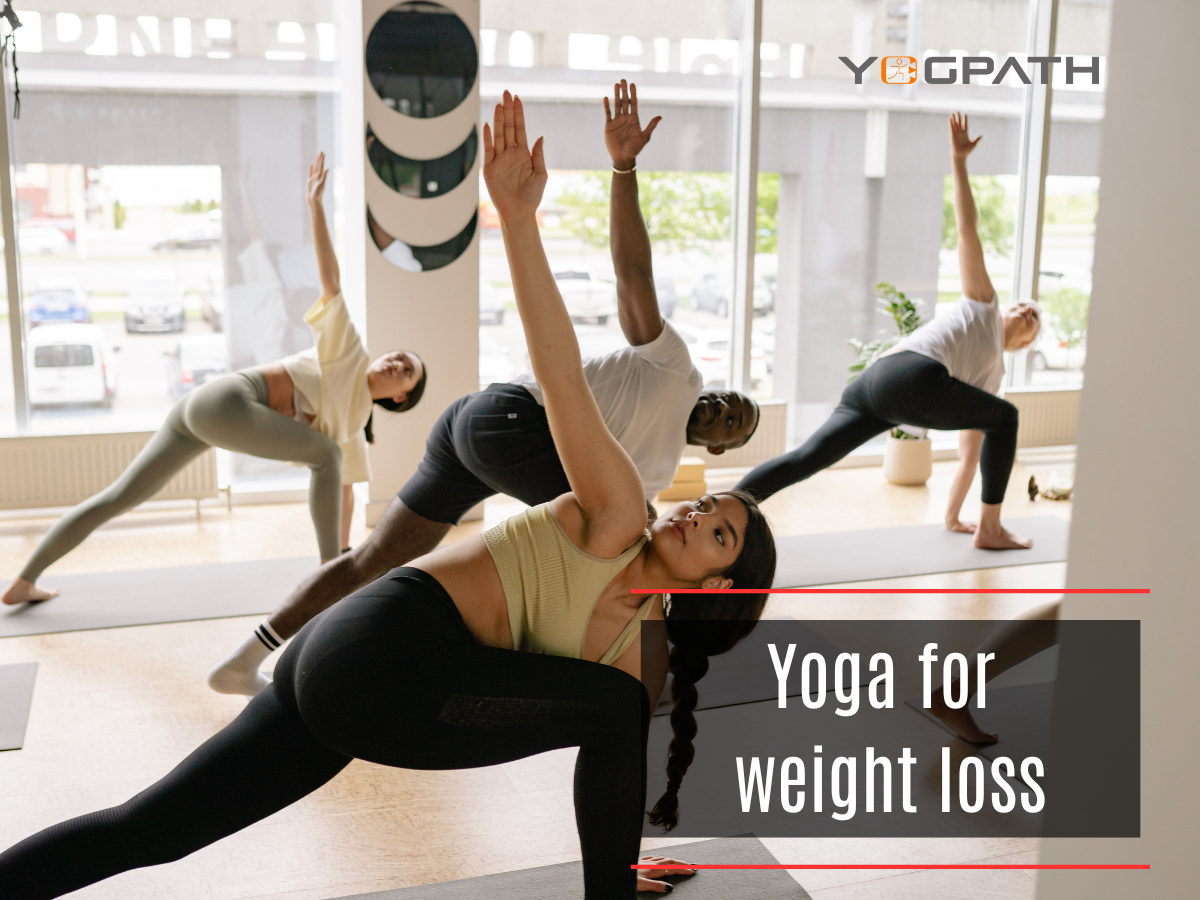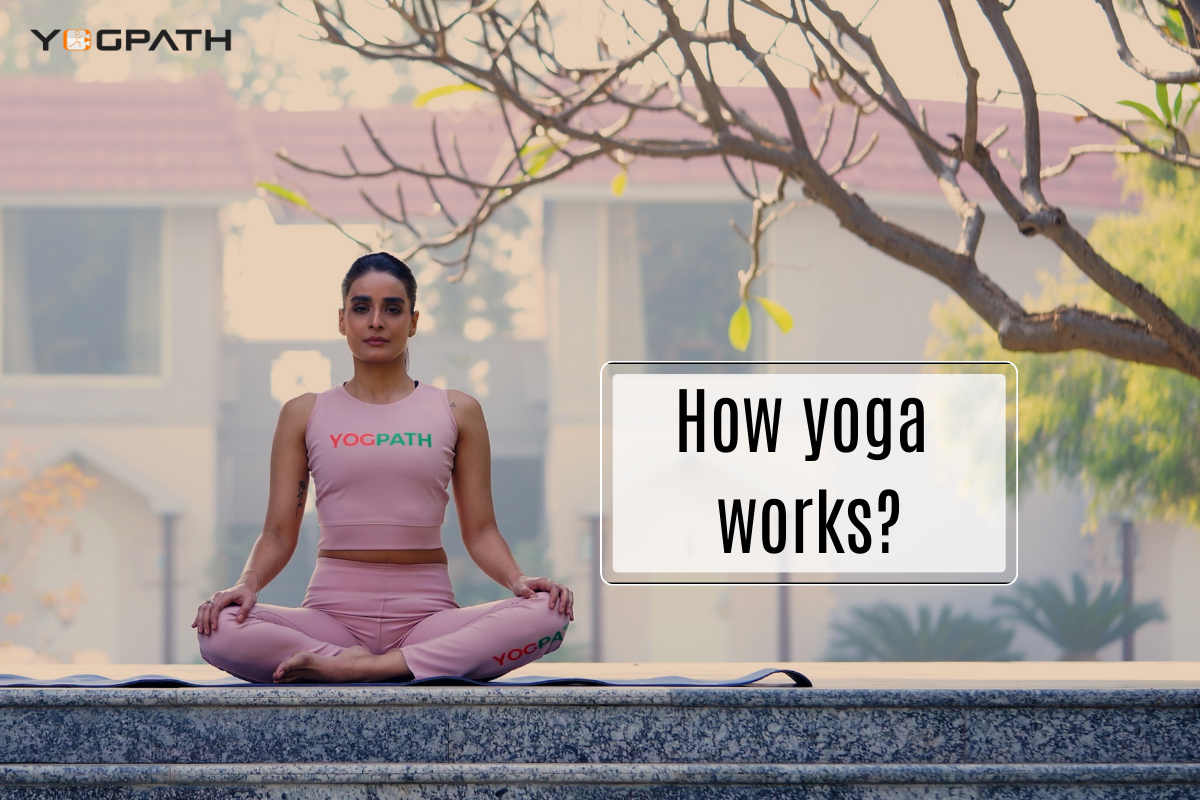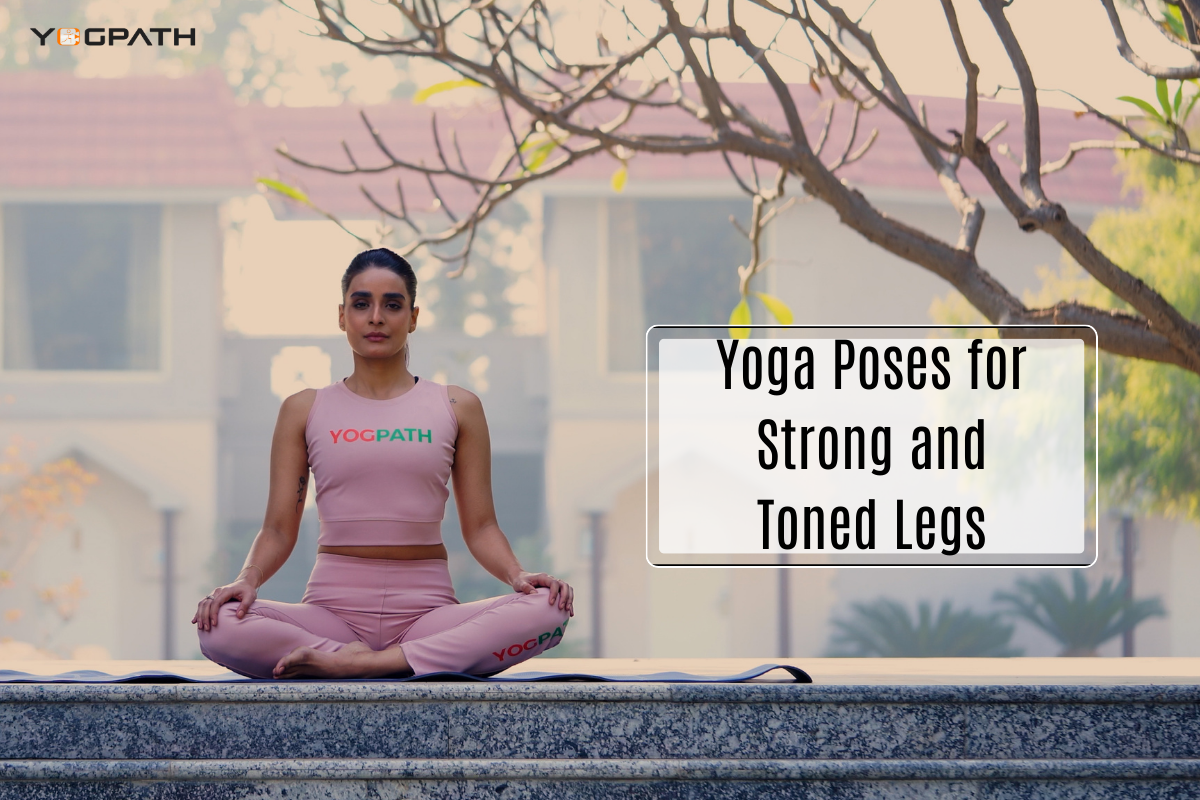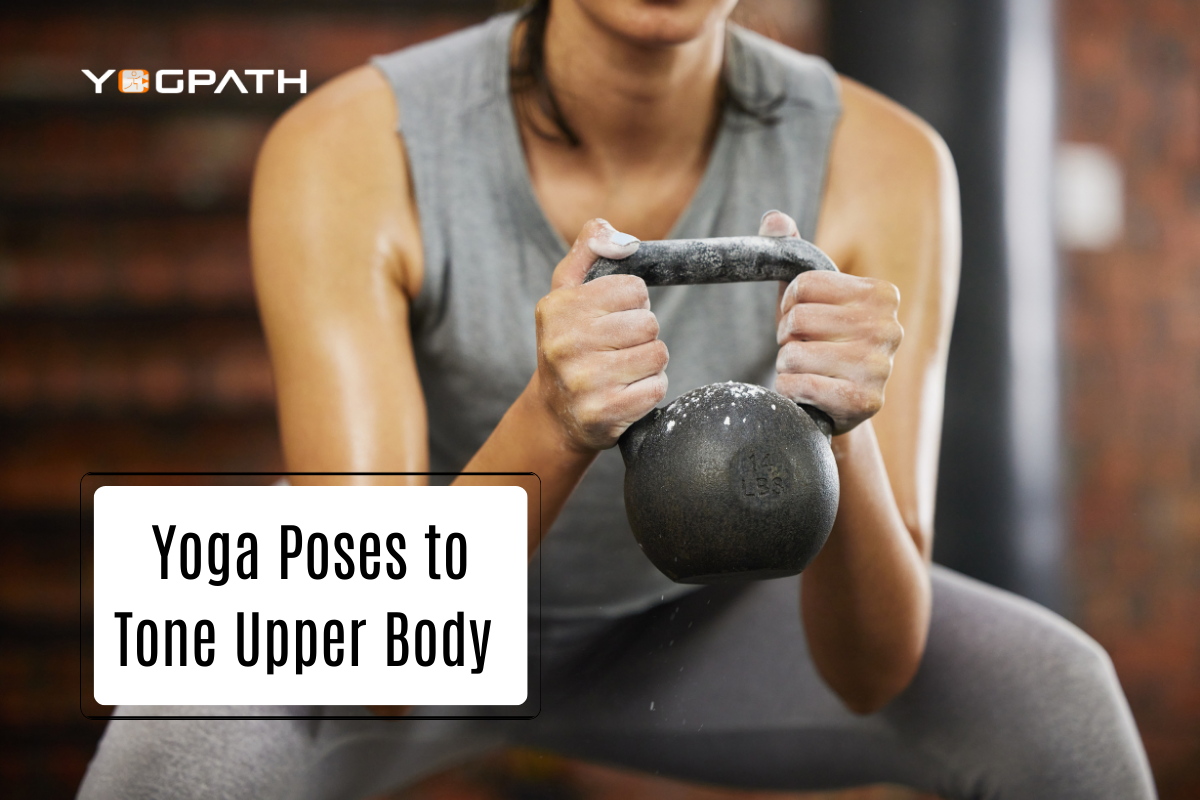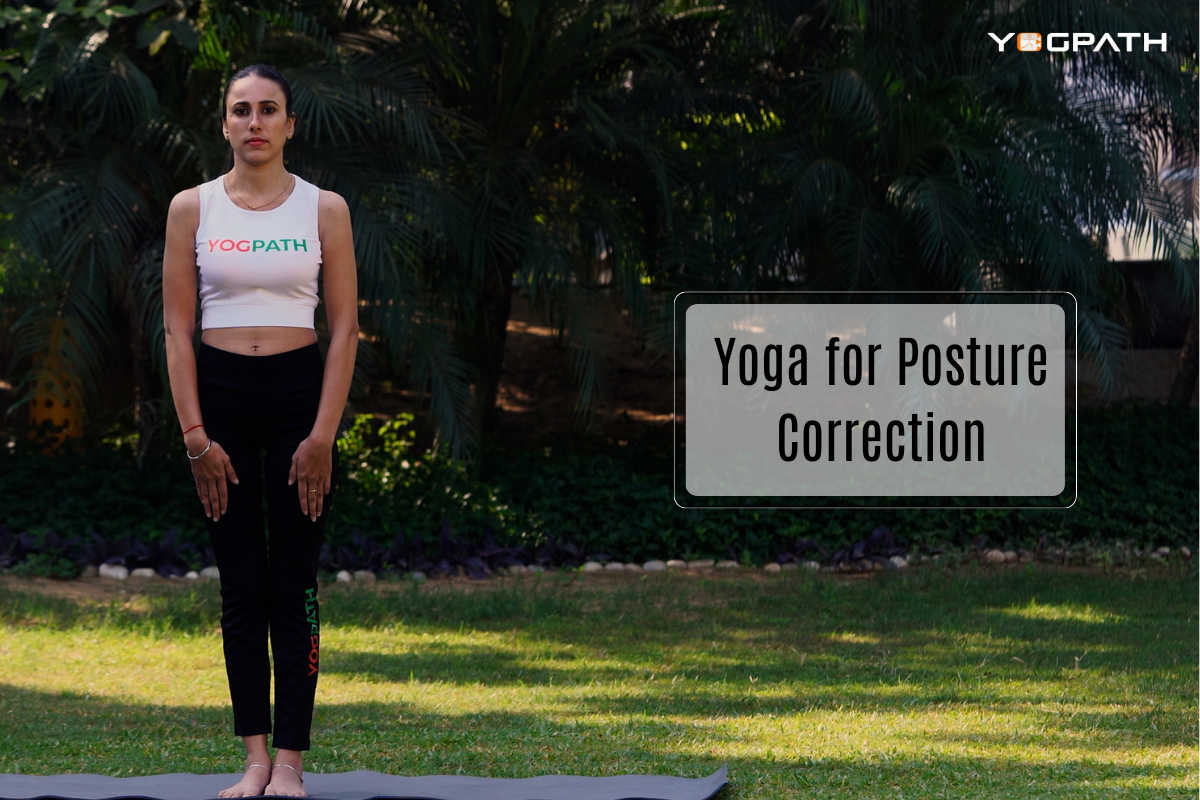
Having been involved in a terrible car accident that resulted in a straightened cervical spine, multiple disc herniations, and a few other delightful injuries, I can say that yoga has been instrumental in reducing my pain.
As a result of this accident, I have spent nearly a decade with chiropractors, acupuncturists, orthopedists, osteopaths, and spinal specialists seeking relief from the pain caused by cervical spine injuries. Here are a few tricks and tips I’ve picked up along the way.
Let’s begin with some yoga positions that can help alleviate pain and tension in the cervical spine and neck. These eight poses can at the very least help you feel more open and less tense.
1. 8-Point Shoulder Opener Shoulder opener yoga pose
Starting on your back on the ground, extend your right arm at a 90-degree angle from your body with the palm facing up.
If you feel as though you have even more space, clasp your left and right hand and breathe there for as long as it feels comfortable.
Caution: this is a deep pose, so release it as slowly and mindfully as possible!
2.Shoulder Opener On Blocks
Shoulder stretch in block pose
How to: Commence kneeling. Set up two blocks in front of you and rest your elbows on them.
Place your hands in a prayer position, then release your head from between the blocks and invert the prayer down your back.
Hold this position for at least 10 deep breaths.
3.Cow Face Arms
Cow Face Arms Pose in Yoga
How to: While on your knees, extend your right arm to the ceiling, bend your right elbow, and allow your right hand to fall between your shoulder blades.
Take your left hand to your right elbow and allow the hand’s weight to enlarge the shoulder opening (no pushing!).
You can remain in this position, slightly leaning back, for five deep breaths, or, if the clasp is easy for you, you can take your left arm down, bend the elbow, and reach your left hand up the centre of your back to grasp your right hand.
Remain in this position for five deep breaths, leaning slightly back into your arms and ensuring that your right arm is not putting pressure on your neck.
4.Standing Forward Shoulder-Opening Fold is a standing forward fold yoga position.
How to: From a standing position, clasp your hands behind your sacrum, bend your knees, and allow your hands to reach forward.
Take between five and ten deep breaths here.
5.Shoulder Opener Shoulder flexion at the Wall Yoga Pose
How to: Place your forearms on the wall below shoulder height, parallel to one another, with your elbows shoulder-distance apart.
Take several steps away from the wall and rest your head between your arms.
Please take five deep breaths here.
6.Supported Fish Pose yoga pose supported fish pose
How to: While seated, place a block of medium height vertically beneath your shoulder blades and a second block vertically behind the first block to use as a pillow for your head. (Use lower blocks if this height makes your back uncomfortable.)
Allow your body to gently rest on the blocks, adjusting their placement until you are at ease, with your arms resting to the side.
Take at least five deep breaths while seated.
7.Through The Needle Through The Needle yoga pose
How to: From all-fours position, reach your right arm underneath your body, releasing your right shoulder and temple to the ground. Your left hand can remain in its current position or move slightly to the right over your head.
Take ten deep breaths here, and then repeat on the opposite side.
8.Seated Spinal Twist
How to: Sit with your legs extended before you. Flex the right knee and position the right foot outside the left knee. You may keep your left leg extended or fold it in like a half-crossed seat.
Wrap the left arm around the right leg and place the right hand behind the sacrum on the ground.
Take five deep breaths here, then repeat on the opposite side.
Attempt to stop looking at your phone while walking! This action may cause your neck to overextend in an unnatural position, leading to pain and dysfunction.
Consider rolling your shoulders down and together on your back whenever possible. Good posture places the neck in its optimal, least-stressful position.
Lastly, consider bringing your chin closer to your neck. Many of us have a forward head posture caused by our protruding chins. Constant forward and downward gaze is another unnatural neck position that can cause strain.
Walk tall, practise yoga, and protect your cervical spine!
